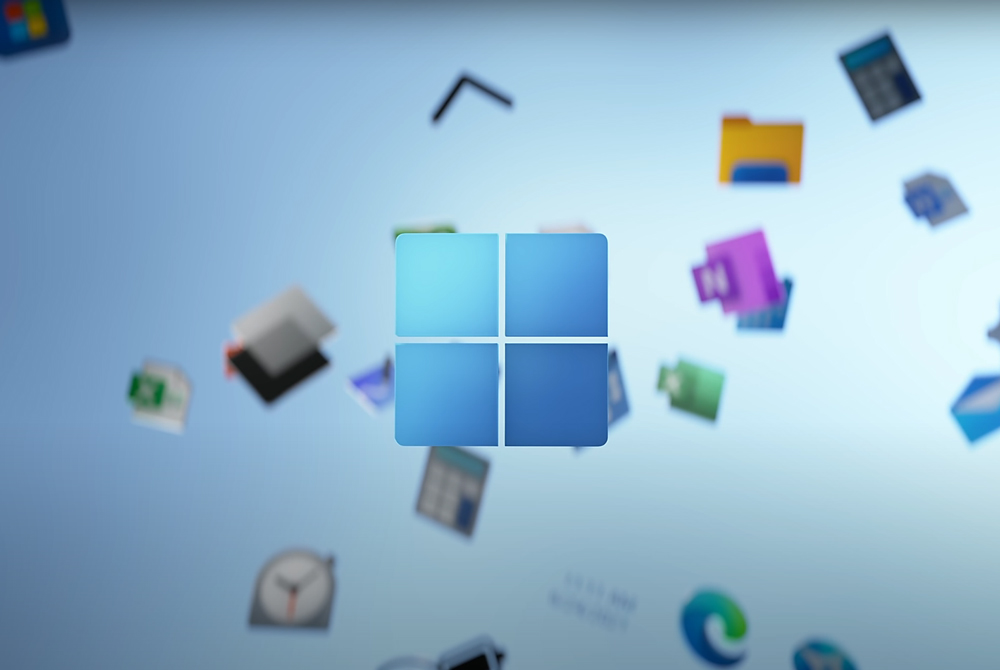Windows 11 is finally out. After several months of hype, Microsoft have launched their brand new operating system. But is it any good? What’s different from Windows 10? And, should you upgrade? Read on to find out all you need to know about Windows 11.
What is Windows 11?
Windows 11 is the latest version of Microsoft’s flagship Windows operating system. Since the early nineties with Windows 3.1, Windows quickly became the most popular computer operating system due to its intuitive and easy to use graphical interface based around ‘Windows’, rather than the much less user-friendly command-line interfaces that went before like MS-DOS.
30 years on and Windows is still going strong and is the most popular PC operating system and the second most popular OS worldwide after Android.
What’s new in Windows 11
The good news is that Windows 11 is being seen as an evolution of Windows 10, rather than a complete overhaul. With Windows 10 being one of the most popular versions of Windows ever, it’s good to see Microsoft keeping most of the good bits that made 10 so successful. This also helps reduce the learning curve that comes with getting used to a new operating system.
Having said that, there are several changes from Windows 10 including appearance, new features and more.
New interface
Windows 11 has been given a fresh lick of paint and is the best looking version of Windows yet. This includes a more colourful, modern design with rounded corners that is quite macOS-like and a centered taskbar, which has a phone or tablet feel to it, reminiscent of Android or iOS.
The new interface also includes new features including a dark mode. However, this doesn’t seem to work consistently across all Windows yet.
Customise the layouts of windows and apps
Windows 10 brought in new ways to tile windows and snap them to each side of the screen but Windows 11 takes this to the next level. Using the new Snap Assist, a huge variety of different Window layouts are available from a simple to use menu, rather than having to know specific keyboard shortcuts.
Virtual Desktops
Virtual Desktops are a big improvement in Windows 11. From a shortcut in the taskbar, you can create separate virtual desktops within the same version of Windows 11. This has many possible uses, for instance, you could have one desktop for business with your business apps and shortcuts and a separate one for personal, with a different set of apps.
Improved Windows Store and Android apps
The Windows Store has also been improved. Often overlooked in previous versions of Windows, the new layout now brings it closer to rival stores such as the Play Store or App Store in being easier to browse and find a wide range of apps. This also brings in a much-improved availability for Android apps as well.
Planning for Windows 11
The first thing to say about preparing for Windows 11 is that it’s worth doing a little planning and consideration beforehand.
The two main considerations are software and hardware compatibility.
Regarding software, it’s important to find out if the programs you use are going to work on Windows 11. If possible, test these in advance on a test machine or do some research to find out if they are compatible.
The Windows 11 hardware requirements have raised a few eyebrows. Simply put, there are going to be a large number of machines that Windows 11 won’t run on. This mainly revolves around needing at least an Intel 8th Gen CPU (or equivalent) to run it. As a guide, machines bought after 2018 should be ok.
If you are a business or school deploying Windows 11 en masse, it is important to factor in the licensing and management of Windows 11. For this, it’s important to have a discussion with your IT service provider to fully understand the implications and possible disruption of the upgrade.
Should I upgrade to Windows 11 (and how do I do it)?
So, should you upgrade? This will depend if you are happy that your hardware and software will run and if you require the new features that Windows 11 offers. At this early stage, where the OS is still in its infancy, it may pay to hold off moving to Windows 11 just yet.
If you still want to make the jump, Windows 11 is a free upgrade and will appear under the Windows updates if your machine is compatible.
How to get more help
If you have any questions regarding Windows 11, we are here to help. Drop us an email or give us a call and we are always happy to help.

